In “The Evolution Of Galaxies: From Primordial Structures To Majestic Spiral Nebulae,” this article explores the fascinating journey of galaxies, tracing their development from primordial structures to the stunning and intricate spiral nebulae we see today. Delve into the remarkable transformation these celestial bodies undergo over billions of years, as they evolve, merge, and shape the vast cosmic landscape. Discover the scientific breakthroughs and discoveries that have unlocked the mysteries behind the evolution of galaxies, providing us with a deeper understanding of our place in the universe.
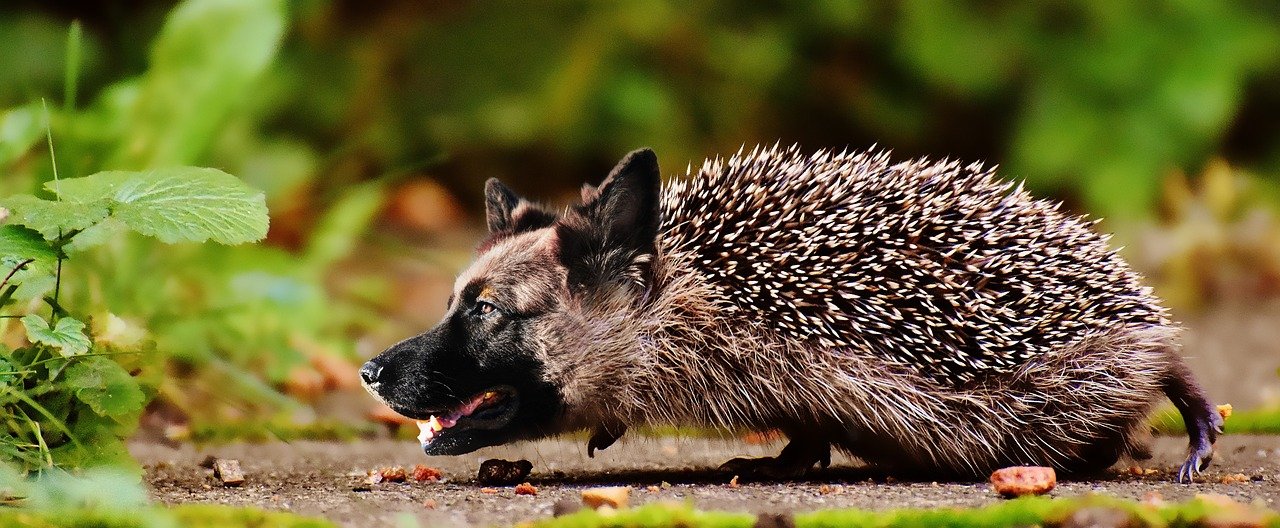
Formation of Primordial Structures
Cosmic Microwave Background Radiation
The journey of galaxy formation begins with the remnants of the Big Bang. Almost 13.8 billion years ago, the universe was a hot, dense, and rapidly expanding soup of particles and energy. As the universe cooled down, a pivotal event happened – the release of a lingering glow, known as the Cosmic Microwave Background Radiation (CMBR). This radiation permeates the entire cosmos, carrying vital information about the early universe.
The CMBR allowed astronomers to capture a snapshot of the universe when it was merely 380,000 years old. By studying the faint ripples and fluctuations in the CMBR, scientists gained insights into the distribution of matter, energy, and the formation of primordial structures.
Seed Structures
Within the microscopic fluctuations of the CMBR lie the seeds of cosmic structures. These initial irregularities, caused by quantum fluctuations during the early universe’s inflationary period, served as the building blocks for the formation of galaxies. Tiny overdensities, along with underdensities, acted as gravitational instigators, drawing matter towards them.
The gravitational attraction of these seed structures led to the formation of regions with higher concentrations of matter. Over time, matter further clumped together, fueling the emergence of larger structures, while underdense regions cleared out, forming vast cosmic voids.
Dark Matter Halo Formation
Astronomers believe dark matter, an enigmatic and elusive substance, plays a crucial role in the formation of galaxies. Dark matter, which does not emit, absorb, or reflect light, interacts only gravitationally. As matter began to collapse around the seed structures, dark matter played a pivotal role as the scaffold supporting the growth of galaxies.
Dark matter halos, immense structures composed of this mysterious substance, formed gravitational wells that attracted normal matter. Galaxies, including our Milky Way, took shape within these halos as gas, dust, and stars accumulated in their centers. Without the gravitational influence of dark matter, galaxies as we know them would not exist.
Proto-Galactic Clusters
Dense Gas Clouds
Within the vast expanse of the universe, dense regions of gas emerged, serving as the cradles for galaxy formation. These immense gas clouds, consisting mainly of hydrogen and helium, possessed temperatures and densities that favored gravitational collapse. As gravity pulled matter inward, protogalactic clouds began to evolve.
Gravitational Collapse
The force of gravity acted as the primary sculptor of protogalactic clouds. Over millions of years, their outer regions collapsed inward, creating a dense core – the birthplace of future galaxies. As gas continued to accrete onto these cores, their mass and temperature increased, providing the conditions necessary for the formation of stars.
First Star Formation
Deep within the dense gas clouds, the first generation of stars ignited. These ancient stars, composed almost exclusively of primordial elements, generated the very first light in the universe. Their formation marked a transformative moment, as the universe transitioned from a featureless expanse to a stage adorned with these stellar actors.
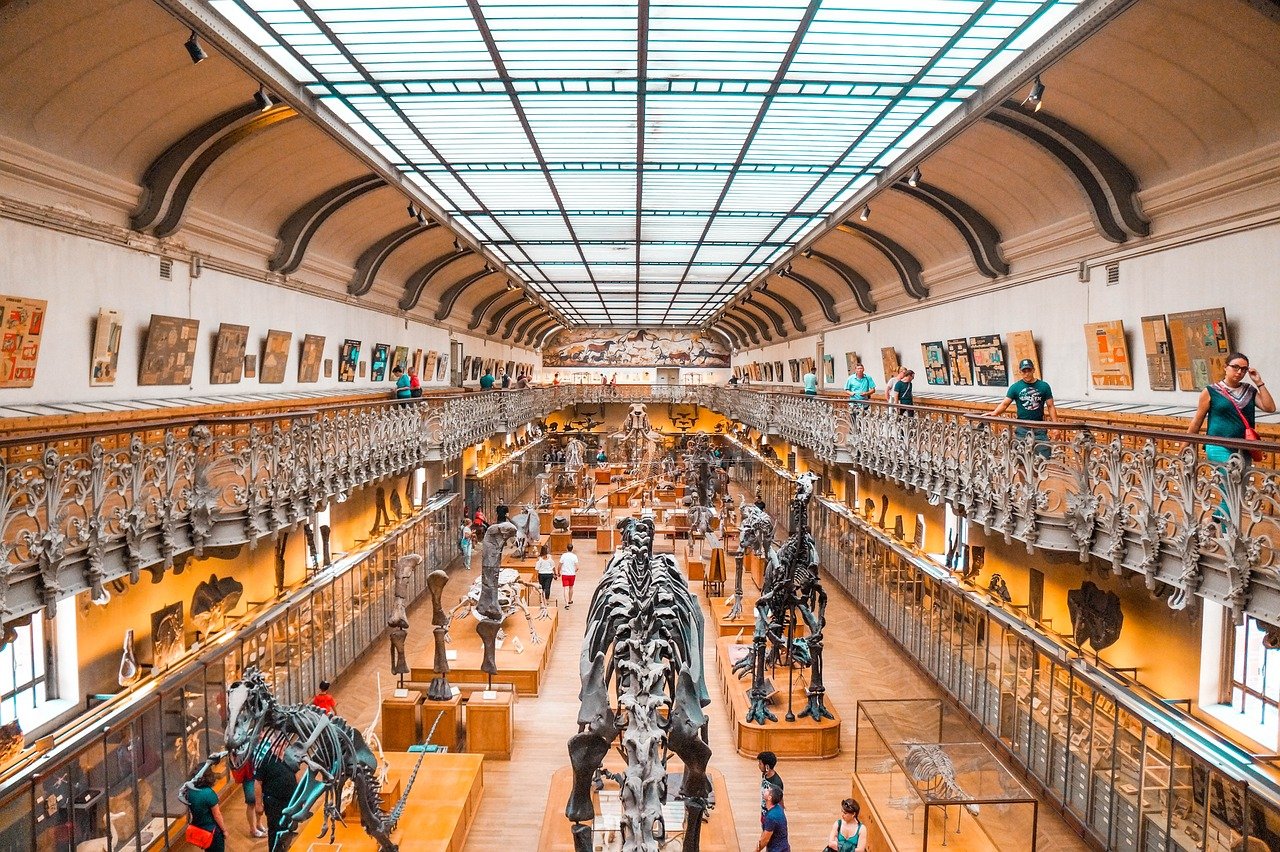
Emergence of Galaxies
Galaxy Mergers
As galaxies evolved, gravitational interactions between them shaped their destiny. Galaxies engaged in celestial dances, with smaller ones merging with larger counterparts. These cosmic collisions resulted in the birth of new, more massive galaxies. The merging process not only altered the appearance of galaxies but also played a crucial role in triggering bursts of star formation.
Gas Accretion
Galaxies continued to grow by accreting gas from their surroundings. Intergalactic gas, rich in primordial elements, fell into the gravitational grasp of galaxies, providing fresh fuel for star formation. This ongoing cosmic feeding sustained the vigorous birth of stars and influenced the overall evolution and structure of galaxies.
Star Formation
Within the heart of galaxies, stars continued to form, giving birth to new stellar populations. Giant clouds composed primarily of hydrogen and helium collapsed under their own gravity, initiating the fusion process that powers stars. These newly formed stars brought radiance and vitality to galaxies, shaping their appearance and contributing to their dynamical evolution.
Types of Galaxies
Elliptical Galaxies
Elliptical galaxies, as their name suggests, exhibit a rounded, elliptical shape. They are often found in dense regions of the universe, such as galaxy clusters. Elliptical galaxies lack the distinctive spiral arms seen in spiral galaxies, instead consisting primarily of older stars. Their formation is believed to be primarily driven by galaxy mergers, resulting in a lack of gas and ongoing star formation.
Spiral Galaxies
Spiral galaxies captivate us with their mesmerizing beauty. These galactic wonders possess a central bulge and majestic arms that gracefully wind around it. Spiral galaxies are home to a wide array of stellar populations, including both young and old stars. They often showcase ongoing star formation within their arms, fueled by the presence of ample gas and dust.
Irregular Galaxies
Unconventional and unpredictable, irregular galaxies defy the conventional symmetry seen in elliptical and spiral galaxies. Often chaotic in appearance, irregular galaxies lack a defined shape and structure. They have experienced turbulent pasts, with interactions, mergers, and disturbances shaping their irregular features. Irregular galaxies can harbor intense star-forming regions, making them cosmological laboratories for studying the early universe.
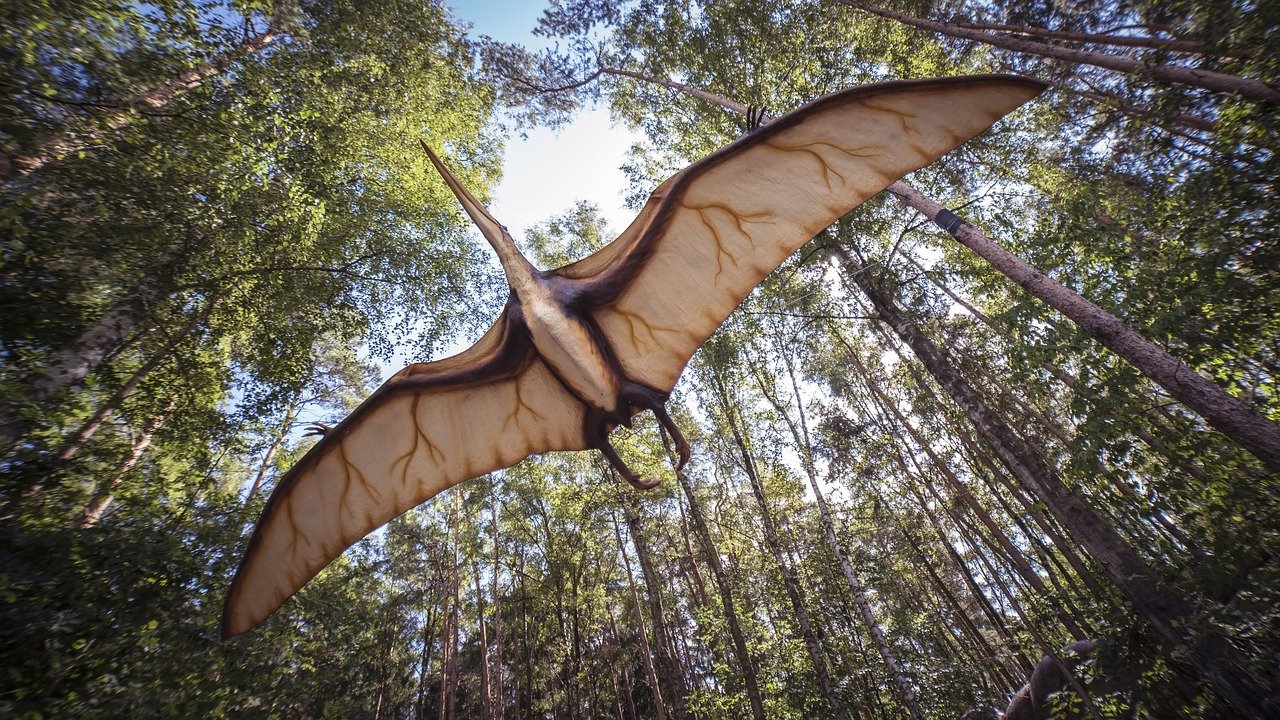
Early Evolution of Galaxies
Rapid Star Formation
During the early stages of galaxy evolution, there was a burst of rapid star formation. As galaxies grew, gas-rich environments triggered the formation of massive star clusters. These clusters contained thousands or even millions of stars, illuminating their surroundings with their brilliance. The energetic radiation and stellar winds from these clusters profoundly influenced the surrounding interstellar medium, shaping the galaxy’s evolution.
Black Hole Growth
At the center of many galaxies, supermassive black holes hide in plain sight. Throughout the evolution of galaxies, these colossal gravitational behemoths grew by accreting surrounding matter. As gas and stars ventured close to the black hole, they fell into its gravitational grasp, emitting immense amounts of energy. The growth of black holes profoundly influenced their host galaxies, regulating star formation and shaping their overall structure.
Galactic Winds
Galaxies possess unseen forces capable of shaping their destiny – galactic winds. These powerful outflows of gas, driven by the combined effects of stellar explosions and energy from growing black holes, propel material away from the galaxy. While galactic winds can expel gas and prevent further star formation, they also play a crucial role in redistributing matter within and beyond the galaxy, influencing its ongoing evolution.
Formation of Stellar Populations
First-Generation Stars
The universe’s first generation of stars, known as Population III stars, emerged from the primordial gas clouds. Composed almost entirely of hydrogen and helium, these massive stars represented a new chapter in cosmic history. Their energetic processes, including nuclear fusion, synthesized elements heavier than helium, laying the groundwork for the formation of subsequent stellar populations.
Population II Stars
Following the initial burst of star formation, Population II stars came into existence. These stars possessed a lower metallicity, meaning they contained fewer elements heavier than helium. Formed from the remnants of Population III stars, these older stellar populations primarily populate the halo, globular clusters, and the central bulges of galaxies. Their faint glow and older age provide valuable insights into the earlier stages of galactic evolution.
Population I Stars
As galaxies continued to evolve, a new generation of stars, known as Population I stars, emerged. These stars exhibited higher metallicities, as they formed from gas enriched with elements created by previous generations of stars. Population I stars, which include the majority of stars in galaxies like the Milky Way, possess a wide range of ages and can be found in various galactic structures, including the spiral arms.
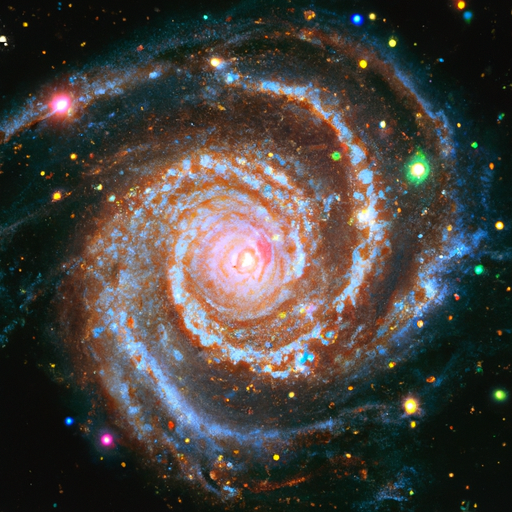
Galactic Collisions and Interactions
Tidal Interactions
In the dynamic cosmos, galaxies are not solitary entities. As they travel through the vastness of space, gravitational interactions between galaxies give rise to tidal forces, distorting their structure. Tidal interactions can induce the formation of long, vibrant tails of stars and gas, stretching across vast distances. These interactions provide astronomers with a glimpse into the complex interplay between galaxies and their surroundings.
Galactic Cannibalism
In the vast universe, galactic cannibalism is an extraordinary phenomenon. Larger galaxies consume smaller ones, assimilating their stars, gas, and dust into their own structures. Through this process, galaxies can grow in size and mass, acquiring the characteristics of their companions. Galactic cannibalism holds a powerful influence over the evolution of galaxies, shaping their morphology, stellar populations, and even triggering bursts of star formation.
Formation of Elliptical Galaxies
The formation of elliptical galaxies is closely tied to the interactions and mergers of galaxies. As galaxies collide and merge, they undergo dramatic transformations. The gravitational forces unleash a maelstrom of activity, triggering intense starbursts and redistributing matter. These violent galactic encounters can result in the formation of massive elliptical galaxies, devoid of gas and characterized by a spheroidal shape.
Morphological Changes in Galaxies
Bar Formation
The cosmic ballet of galactic evolution involves the formation of bars – elongated structures that span the centers of certain galaxies. Bars can develop due to gravitational instabilities within galactic disks. As the bar grows and evolves, it can influence the distribution of matter within the galaxy, affecting star formation rates, gas flows, and even the emergence of spiral arms. Bars are common features in many spiral galaxies, including our own Milky Way.
Ring Formation
In some galaxies, rings of stars and gas encircle the central regions. These captivating features arise from gravitational interactions and disturbances within the galaxy. As material is pulled and compressed, it forms a ring-like structure. These rings can influence the dynamics and distribution of matter, shaping the overall appearance of galaxies and providing a visual testament to the complex interplay between gravitational forces.
Stellar Migration
Within galaxies, stars are not fixed in place. Stellar migration refers to the movement of stars within their host galaxies over cosmic timescales. This migration occurs due to gravitational interactions with other stars, as well as the overall gravitational potential of the galaxy. Stellar migration can have a profound impact on galactic evolution, redistributing stellar populations and affecting the formation and evolution of morphological features.
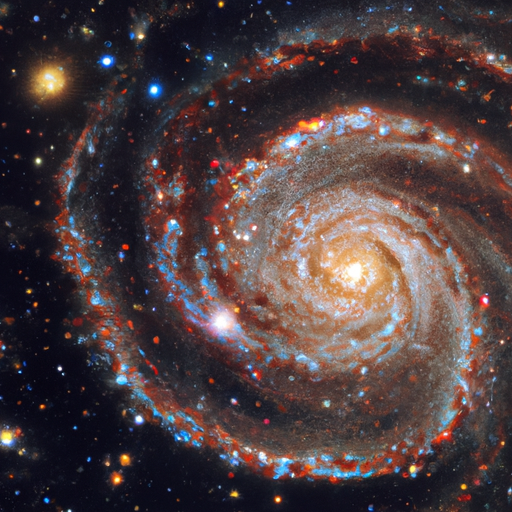
Galaxy Evolution in the Cosmic Web
Filamentary Structure
The universe is not a static tapestry, but a vast cosmic web composed of interconnected filaments. These ethereal structures guide the flow of matter and influence the evolution of galaxies. Galaxies often line up along these cosmic highways, forming colossal structures known as galaxy clusters and superclusters. The filamentary nature of the universe ensures that environmental effects play a crucial role in shaping the evolution and destiny of galaxies.
Clusters and Superclusters
Galaxies do not exist in isolation but instead reside within clusters and superclusters. These immense cosmic gatherings bring together hundreds or even thousands of galaxies, bound together by gravitational forces. Within these clusters, galaxies interact, merge, and experience tidal influences, shaping their morphology and star formation activity. The nature of the cluster or supercluster can significantly impact the evolution of galaxies within its grasp.
Environmental Influence
The environment in which a galaxy resides significantly influences its evolutionary trajectory. Factors such as the density of its surroundings, the presence of nearby galaxies, and the overall cosmic structure play essential roles in shaping a galaxy’s fate. Environmental influences determine the rate of star formation, the morphology of galaxies, and can even quench or extinguish star formation altogether. The interplay between a galaxy and its cosmic environment is a key driver of its evolution.
The Formation of Spiral Nebulae
Dynamical Instability
The spiral arm structures within galaxies bring a touch of elegance to the cosmos. They arise from dynamical instabilities within the galactic disks, driven by gravitational interactions. As gas clouds orbit the galactic center at different velocities, these variations lead to regions of compression and denser material. Over time, these instabilities coalesce into the shimmering spiral arms that grace galaxies, adding to their visual splendor.
Density Waves
The secret behind the persistent nature of spiral arms lies in density waves. These waves of increased gas and stellar density propagate through the galactic disk, helping to maintain the structural integrity of the spiral arms. As the wave passes through the disk, it compresses gas, inducing star formation and contributing to the longevity of the spiral arm structures.
Spiral Arm Formation
The formation of spiral arms is a dynamic process influenced by the complex interplay of gravity, gas dynamics, and stellar evolution. As stars form from gas clouds, they also exert forces on their surroundings. These forces create regions of compression, where gas accumulates and triggers the formation of new stars. The interplay between these processes gives rise to the intricate and captivating spiral arms seen throughout the universe.
Throughout the vast expanse of cosmic history, galaxies have evolved from the primordial structures born from the Big Bang into majestic spiral nebulae that captivate us today. The journey of galaxy formation involves a myriad of processes, from the release of the Cosmic Microwave Background Radiation to the gravitational collapse of gas clouds and the emergence of stellar populations. The interplay between environmental factors, galaxy mergers, and morphological instabilities shapes the destiny of galaxies. As we gaze upon the wonders of the universe, we witness the ongoing evolution of galaxies, unraveling the mysteries of their formation and the cosmic tapestry of which they are a part.